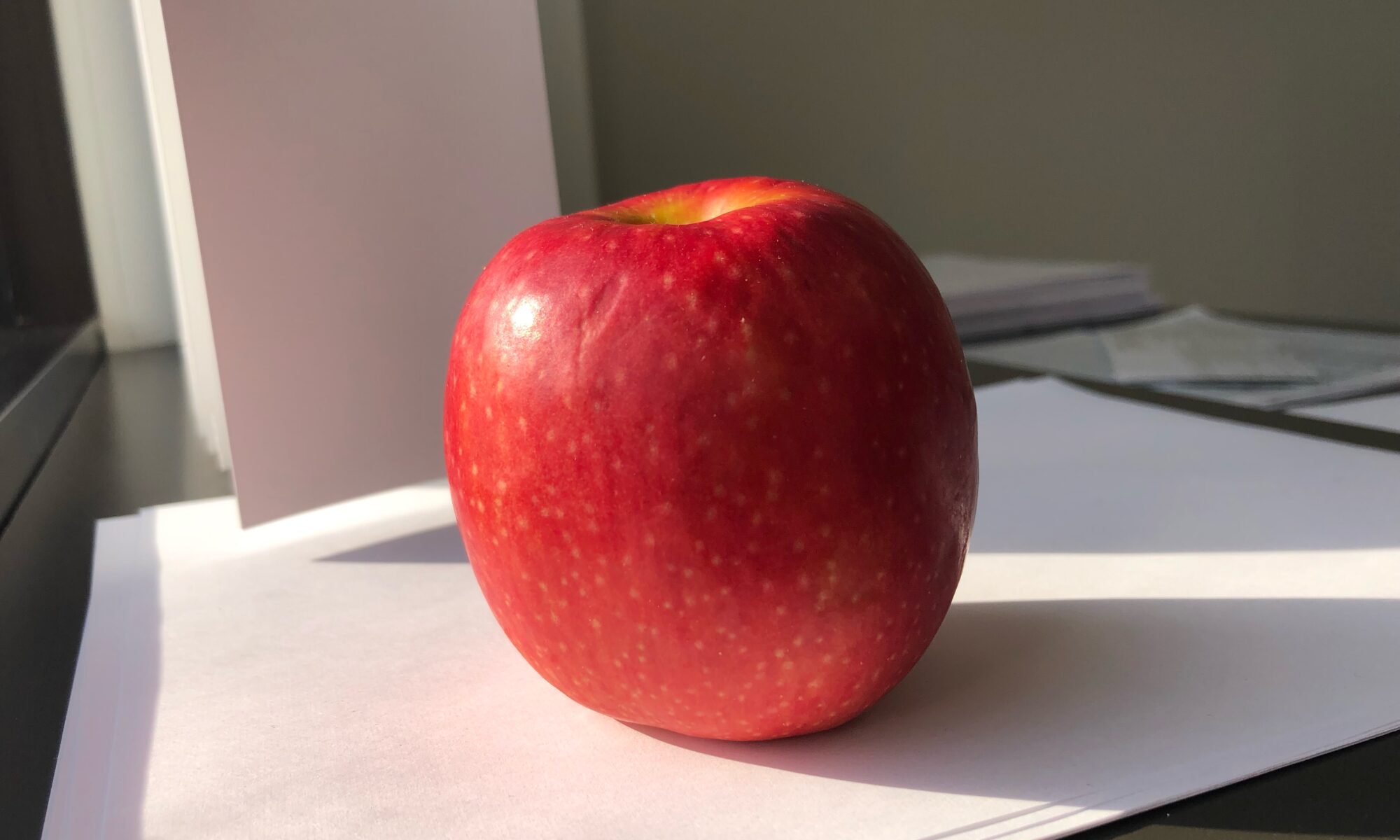This is the ninth in a series of posts intended to shed light on Patanjali’s Yoga Sutras, the authoritative text on classical Indian yoga, or meditation.
So far in Chapter 1, Patanjali has told us that meditation is a means to enlightenment, provided us with the keys to success, told us what to look for and what we’ll need, pointed out an alternative means to the same end, and listed the potential obstacles we’ll encounter.
The balance of the first chapter expands on the stages of meditation introduced earlier; Patanjali tells us how to identify each of the stages and how to know when we’ve transcended our mind altogether. Basically, he says, “You’ll know it when you see it!”
The next four aphorisms describe in order the four progressively subtle stages of meditation “with seed” introduced in sutra 1.17. The transition through these stages is likened to the settling of a glassful of muddy water: as time passes and the silt slowly drifts to the bottom of the glass, the water becomes clearer.
Likewise, the essence of the object of our contemplation is gradually revealed the longer we focus. Our awareness of the object goes from gross to subtle; from objective to intuitive; from tangible to intangible. As that happens, our perspective shifts from observer to the observed – we effectively become one with the object of our focus.
Remember that transcending these stages of meditation doesn’t occur linearly; rather, we tend to float down, then back up a bit, then further down.
Chapter 1, aphorisms 42- 51 loosely [again, omitting the Sanskrit to highlight the flow]:
Using an apple as an example of the object of contemplation:
1.42 the first stage of meditation “with seed” is characterized by focusing on the object’s tangible, surface characteristics (e.g., recognizing what it is, what it’s called, its nature); here we might recognize that “it” is a fruit called an “apple”; at this point, the mind’s viewpoint is as observer (e.g., “I see…”)
1.43 the second stage of meditation “with seed” is characterized by sensory perception, “seeing” the object’s tangible, manifest gross characteristics (e.g., size, shape, color); here we might recognize that the apple is red, round and note its size; at this point, the mind’s viewpoint is gross observation (e.g., “I am seeing…”)
1.44 the third stage of meditation “with seed” is characterized by subjective contemplation fueled by memory of the object’s tangible, manifest subtle characteristics (e.g., things we know but can’t be seen about the object: taste, smell, sound, weight); here we might see the apple as sweet and juicy; we might invoke fond memories of picking apples from trees; at this point, the mind’s viewpoint is subtle observation (e.g., based on past experience, “I also know….”)
1.45 the fourth and final stage of meditation “with seed” is characterized by intuitive identification of the object’s subtle, unmanifest, intangible characteristics (e.g., when we lose ourself in the object of our contemplation, what intuitive notions, metaphors, analogies, insights may come up); here we might see the apple as a metaphor for something ripened, as something coming to fruition; at this point, the mind’s viewpoint is as the observed (e.g., “I am…”, where “I” is the object of contemplation)
1.46 these are the four stages of meditation “with seed”
1.47 in the final level of meditation (i.e., without “seed”), having completely settled our conscious and sub-conscious mind, we experience our own essence
1.48 you know it intuitively
1.49 it’s a deeper, energetic sense of understanding
1.50 experiencing Consciousness trumps everything else
1.51 while in a state of union with Consciousness, no memories (triggers) remain; it’s a state of ultimate serenity; the state of union or yoga
For info about private lessons or workshops in self-discovery and peace of mind see the ‘Contact Us’ page of this site.
God bless, Skip
#patanjali #consciousness #meditation




